* Andreas Gursky
http://www.artcyclopedia.com/artists/gursky_andreas.html
www.whitecube.com/artists
멀~리 길~게, 높은데서 아~래로, 아래서 높~은데로, 스케일이 큰 작가이다.
예전에 처음으로 접했던 LAND ART를 생각나게 한다.
위압적이고 거대하고 어마어마했던 록키 산맥 여행을 떠올리게했던,
반면, 이 사진들은 그래도, 친근하다.
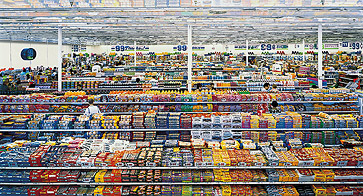
Chromogenic color print.
6 ' 9 1/2" x 11' (207 x 337 cm).
Lent by the artist, courtesy Matthew Marks Gallery, New York, and Monika Sprüth Galerie, Cologne
© 2001 Andreas Gursky.
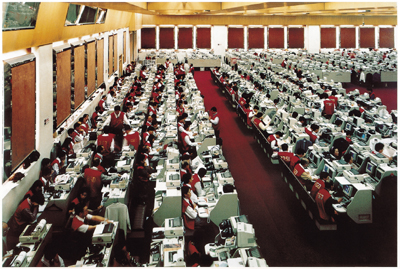
C-print, Diasec, 191x263.5cm (each)
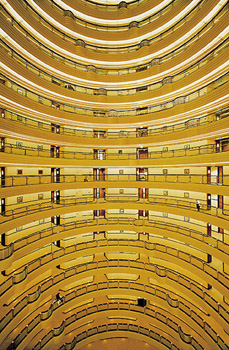
Chromogenic color print.
9' 11 5/16"x 6' 9 1/2" (280 x 200 cm).
Lent by the artist, courtesy Matthew Marks Gallery, New York, and Monika Sprüth Galerie, Cologne
© 2001 Andreas Gursky.
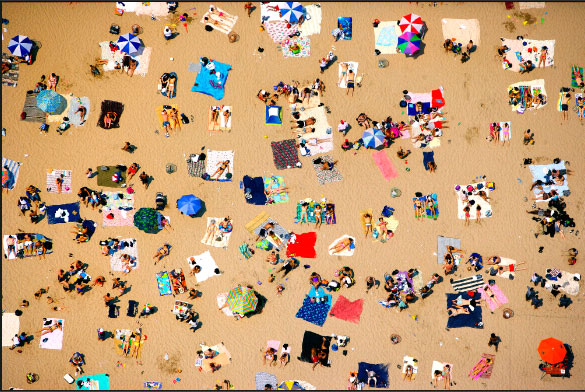
One might say that Andreas Gursky learned photography three times. Born in 1955, he grew up in Düsseldorf, the only child of a successful commercial photographer, learning the tricks of that trade before he had finished high school. In the late 1970s, he spent two years in nearby Essen at the Folkwangschule (Folkwang School), which Otto Steinert had established as West Germany’s leading training ground for professional photographers, especially photojournalists. At Essen, Gursky encountered photography's documentary tradition, a sophisticated art of unembellished observation, whose earnest outlook was remote from the artificial enticements of commercial work. Finally, in the early 1980s, he studied at the Staatliche Kunstakademie (State Art Academy) in Düsseldorf, which thanks to artists such as Joseph Beuys, Sigmar Polke, and Gerhard Richter had become the hotbed of Germany's vibrant postwar avant-garde. There Gursky learned the ropes of the art world and mastered the rigorous method of Bernd and Hilla Becher, whose photographs had achieved prominence within the Conceptual and Minimal art movements.
When Gursky, together with other Becher students, began to win recognition in the late 1980s, his photography was interpreted as an extension of his teachers' aesthetic. But the full range of Gursky's photographic educations has figured in his mature work, enabling him to outgrow all three of them. His photographs—big, bold, rich in color and detail—constitute one of the most original achievements of the past decade and, for all the panache of his signature style, one of the most complex. The exhibition Andreas Gursky surveys that achievement from 1984 to the present. It focuses on work since 1990, when Gursky turned his attention to subjects that struck him as representative of a contemporary zeitgeist—and found equally contemporary ways of picturing them. In pursuit of this project, Gursky expanded his scope of operations from Düsseldorf and its environs to an international itinerary that has taken him to Hong Kong, Cairo, New York, Brasília, Tokyo, Stockholm, Chicago, Athens, Singapore, Paris, and Los Angeles, among other places. His early themes of Sunday leisure and local tourism gave way to enormous industrial plants, apartment buildings, hotels, office buildings, and warehouses. Family outings and hiking trips were replaced by the Olympics, a cross-country marathon involving hundreds of skiers, the German parliament, the trading floors of international stock exchanges, alluring displays of brand-name goods, and midnight techno music raves attended by casts of thousands. Gursky’s world of the 1990s is big, high-tech, fast-paced, expensive, and global. Within it, the anonymous individual is but one among many.
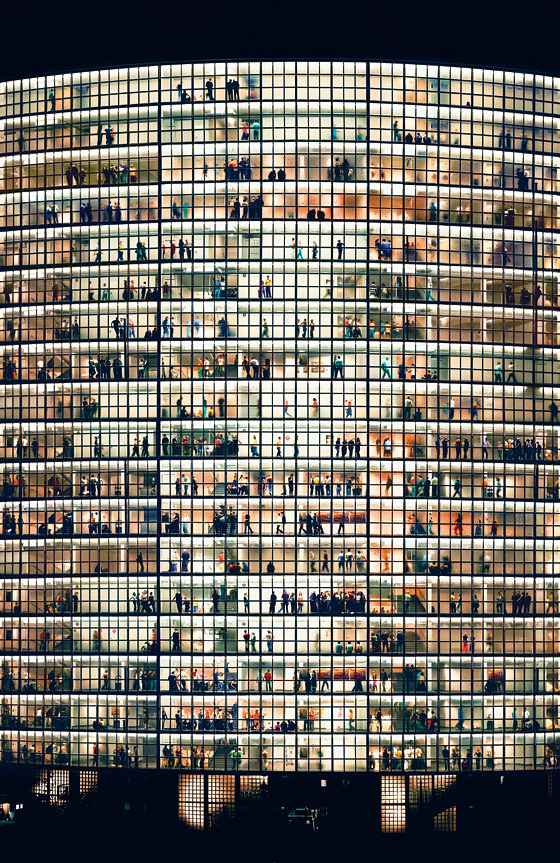
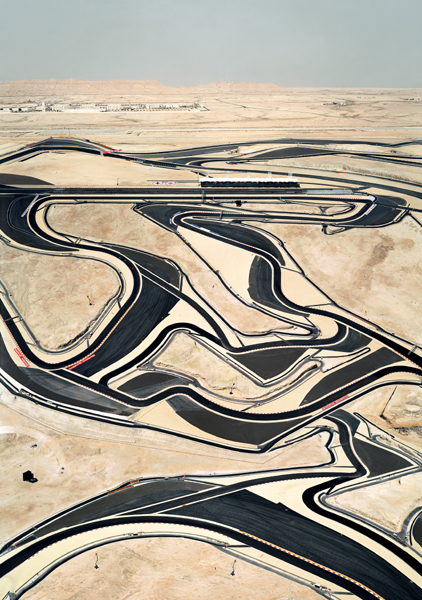
'Art Link' 카테고리의 다른 글
| http://www.billviola.com/ (3) | 2007.11.28 |
|---|---|
| http://www.artcyclopedia.com/artists/rauschenberg_robert.html (0) | 2007.11.26 |
| http://www.cremaster.net (0) | 2007.11.23 |
| * 권오상 (0) | 2007.11.23 |
| 우연히 찾게 된 이란 사이트. 일러스트가 재미있다. (0) | 2007.11.20 |


